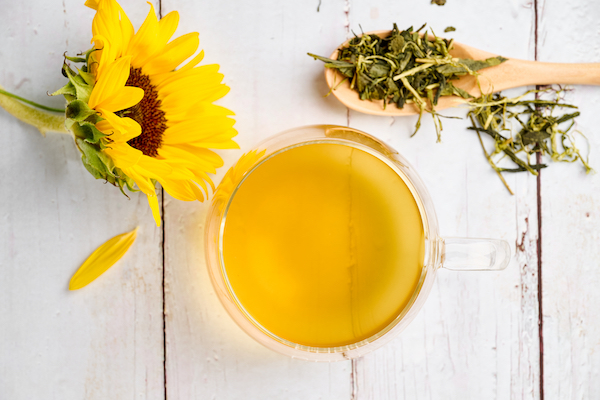Green tea is one of the most popular and widely consumed teas around the world. Known for its fresh, slightly grassy taste, green tea is unique in its minimal processing, which preserves the natural compounds that contribute to its health-promoting properties. This guide will explore what makes green tea so special, how it’s produced, and how it compares to other types of tea like black and oolong.
What is Green Tea?
Green tea is made from the leaves of the Camellia sinensis plant, the same plant that produces black and oolong teas. What sets green tea apart is that it doesn’t go through the oxidation process, which leads to its natural green color and healthful properties. When the leaves are picked, they are quickly steamed or pan-fired to prevent oxidation, resulting in a tea that maintains a fresh, light flavor.
How Green Tea is Processed and Produced?
The processing of green tea is what makes it unique and preserves its distinct flavor profile. The production process is as follows:
- Plucking: First, we pick the young tea leaves that retain more natural flavors.
- Fixation: Next, we lightly steam them to prevent further oxidation. This step is crucial to preserving their fresh color and flavor.
- Rolling: The leaves are then rolled to release natural flavors and dried naturally, which can effectively promote the flavors to release during brewing, elevating the tea body.
- Drying: Drying stops fermentation and other biochemical reactions, ensuring the tea’s quality is optimized. There are three main drying methods, which are stir drying, hot air drying, and sun drying.
How Green Tea Differs from Black Tea and Oolong?
While green tea, black tea, and oolong all come from the same plant, their differences lie in how they are processed:
- Oxidation: The primary distinction is the level of oxidation. Green tea is not oxidized. Oolong tea is partially oxidized, sitting between green and black tea. While black tea is fully oxidized.
- Flavor: Green tea is typically lighter, fresher, and more vegetal in flavor compared to black tea, which has a stronger, more astringent taste. Oolong tea, depending on its oxidation level, can have floral, fruity, or roasted notes that vary significantly from the light, grassy notes of green tea.
- Caffeine Content: Green tea generally contains less caffeine than black and oolong teas. While all three types of tea provide a mild energy boost, green tea’s lower caffeine content makes it a gentler option for those who are sensitive to stimulants.
- Health Benefits: All three teas offer a range of health benefits due to their antioxidant content. However, green tea is particularly high in catechins, which have been linked to improved heart health, weight management, and cancer prevention.
Popular Types of Green Tea
There are many varieties of green tea, each with its flavor profile and characteristics. Here are two of the most popular types:
- Classic Green Tea: Classic green tea refers to unflavored varieties that highlight the natural flavors of the tea leaves. They have a bright, vegetal flavor with a hint of sweetness. Steamed during processing, classic green teas contain a fresh and grassy note.
- Jasmine Green Tea: Jasmine green tea is typically scented by layering them with fresh jasmine flowers, which infuse their fragrance into the tea. It offers a fragrant, soothing cup with a sweet, floral aroma that enhances the natural freshness of the green tea base.
